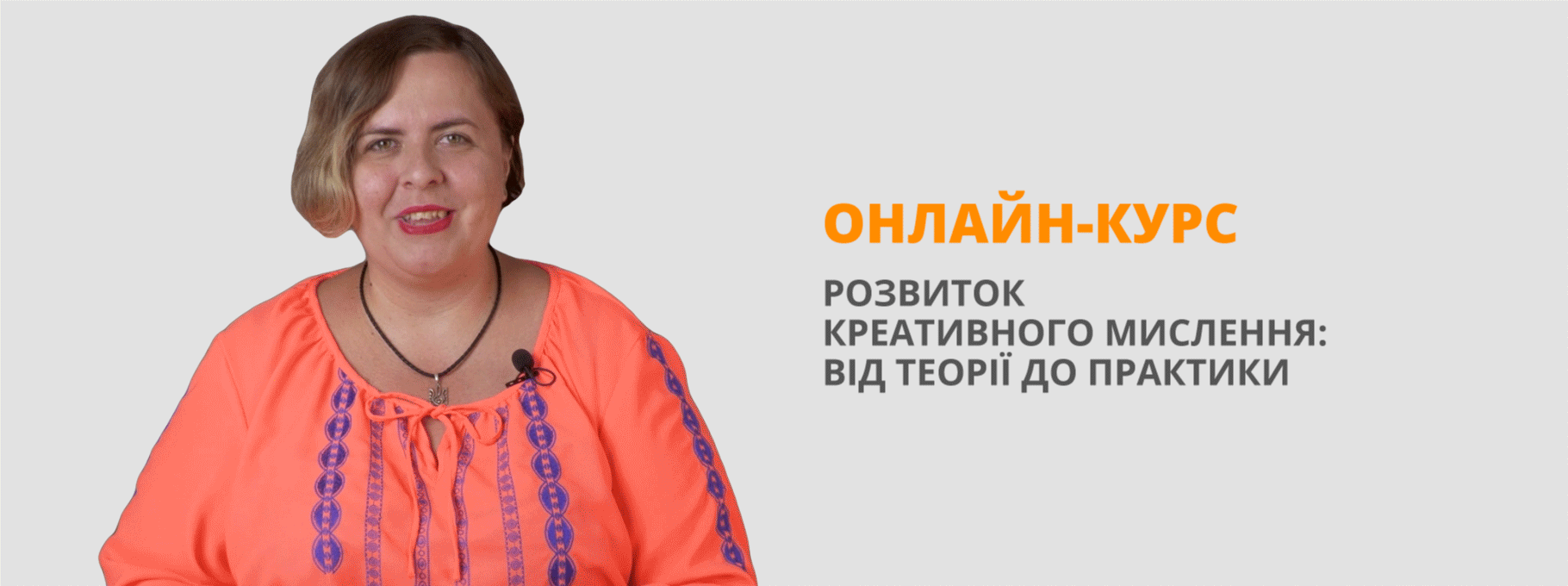Reading test. Abram Ioffe
Abram Ioffe
Abram Fedorovich Ioffe was a prominent physicist. He was an expert in various areas of solid state physics and electromagnetism. He established research laboratories for radioactivity, superconductivity, and nuclear physics, many of which became independent institutes.
Ioffe was born on 29 October 1880 into a middle-class Jewish family in the small town of Romny, in Sumy Oblast, Ukraine. After graduating from Saint Petersburg State Institute of Technology in 1902, he spent two years as an assistant to Wilhelm Roentgen in his Munich laboratory. Ioffe completed his Ph.D. at Munich University in 1905.
After 1906, Ioffe worked in the Saint Petersburg Polytechnical Institute where he eventually became a professor. In 1911 he determined the electron charge. In this experiment, the micro particles of zinc metals were irradiated with ultraviolet light to eject out the electrons. The charged micro particles were then balanced in electric field against gravity so that their charges can be determined. In 1911 Ioffe converted from Judaism to Lutheranism and married a non-Jewish woman. In 1913 he attained the title of Magister of Philosophy, in 1915 – Doctor of Physics. In 1918 he became head of Physics and Technology division in State Institute of Radiology.
In the early 1930s, there was a critical need in the Air Defense Forces of the Red Army for means of detecting invading aircraft. A number of research institutes were involved with radio-location techniques. The Academy of Sciences called a conference in January 1934 to assess this technology. Ioffe organised this conference, then published a journal report, disclosing to researchers throughout the world the science and technology that would ultimately be called radar.
When the atomic bomb project began in 1942, Ioffe was asked to lead the technical effort, but refused the job on the grounds that he was too old. He placed the young Igor Kurchatov in charge of the first nuclear laboratory.
Ioffe's students include Aleksandr Aleksandrov, Pyotr Kapitsa, Isaak Kikoin, Igor Kurchatov, Yakov Frenkel, Nikolay Semyonov, Léon Theremin, Boris Davydov, and Lev Artsimovich who became famous scientists.
Task 1. True/False
- Abram Fedorovich Ioffe was a well-known physicist.
- He was born in a wealthy Jewish family.
- He graduated from Munich Institute in 1902.
- He became a professor in the Saint Petersburg Polytechnical Institute in 1906
- He married a Jewish woman in spite of converting from Judaism to Lutheranism.
- In 1913 he obtained the title of Magister of Philosophy.
- Ioffe accepted the offer to work on the atomic bomb project.
- He published a journal report and disclosed technology called radar.
- Ioffe worked in the first nuclear laboratory despite of being too old.
- Igor Kurchatov asked Ioffe to place him in the laboratory.
Answer keys
1 True 2 False 3 False 4 True 5 False 6 True 7 False 8 True 9 False 10 False
Task 2. Multiple choice
1. He ____________research laboratories for radioactivity, superconductivity, and nuclear physics, many of which became independent institutes.
- Created b) established c) developed
2. He grew up in a ___________ family
a) poor b) average c) middle-class
3. He completed his Ph.D. in _____________
a) 1905 b) 1911 c) 1913
4. In 1911 Ioffe converted from Judaism to Lutheranism and __________a non-Jewish woman
a) had married b) got marry c) married
5. After 1906, Ioffe worked in the Saint Petersburg Polytechnical Institute where he ____________became a professor
a) gradually b) specifically c) eventually
6. When the atomic bomb project ________in 1942, Ioffe was asked to lead the technical effort.
a) had begun b) began c) has begun
7. He ________the young Igor Kurchatov in charge of the first nuclear laboratory.
a) made b) offered c) propose
8. He _______ the job on the grounds that he was too old
a) rejected b) approved c) didn’t like
9. A number of research institutes __________with radio-location techniques.
a) involved b) was involved c) were involved
10. The Academy of Sciences called a conference in January 1934 to ______this technology.
a) access b) asses c) accept
Answer keys
1 b 2 c 3 a 4 c 5 c 6 b 7 a 8 a 9 c 10 b
1


про публікацію авторської розробки
Додати розробку
